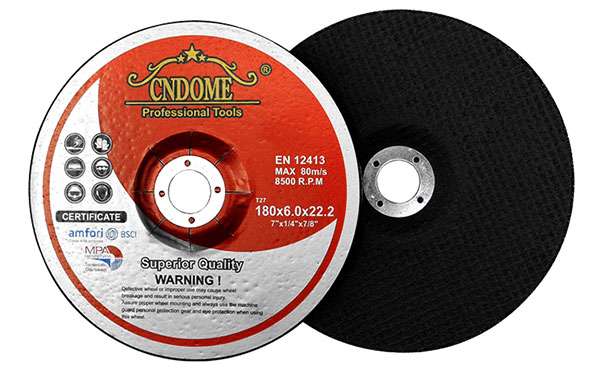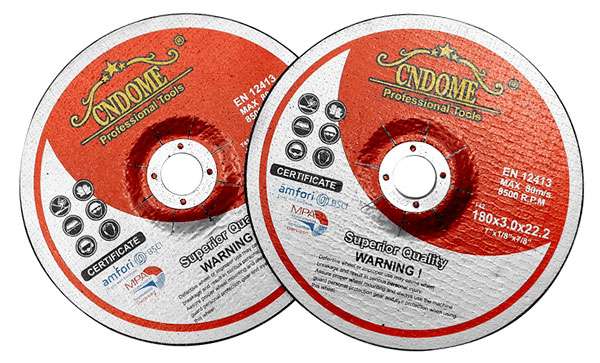Grinding wheels are essential tools in many manufacturing processes, providing the means to shape, sharpen, and finish materials. When it comes to 180 grinding wheels, their thickness plays a crucial role in determining their suitability for different applications. This blog explores the common thicknesses of 180 grinding wheels, their uses, and factors to consider when selecting the right thickness for your project.
What Are 180 Grinding Wheels?
180 grinding wheels refer to wheels with a grit size of 180, which is relatively fine. These wheels are often used for precision grinding tasks, such as surface finishing, sharpening tools, and refining the edges of workpieces. The grit size indicates the abrasiveness of the wheel, with 180 grit providing a balance between material removal and surface smoothness.
Common Thicknesses of 180 Grinding Wheels
The thickness of grinding wheels can vary widely depending on the specific type and application. However, some common thicknesses for 180 grit grinding wheels include:
1. 1/4 Inch (6.35 mm):
- Use: Ideal for general-purpose grinding and heavy-duty tasks.
- Applications: Surface preparation, deburring, and weld removal.
- Advantages: Provides a robust cutting surface, longer lifespan, and high material removal rate.
2. 1/8 Inch (3.175 mm):
- Use: Suitable for moderate grinding tasks.
- Applications: Edge finishing, tool sharpening, and light deburring.
- Advantages: Balances durability with the ability to perform detailed work.
3. 1/16 Inch (1.5875 mm):
- Use: Perfect for precision grinding and fine surface finishing.
- Applications: Polishing, fine edge refinement, and preparing surfaces for final finishing.
- Advantages: Allows for delicate, controlled grinding with minimal material removal.
4. 0.045 Inch (1.143 mm):
- Use: Designed for cutting and fine grinding applications.
- Applications: Cutting thin metal sheets, fine deburring, and intricate detail work.
- Advantages: Provides a thin profile for precise cuts and minimal kerf loss.
Factors to Consider When Choosing Thickness
When selecting the thickness of a 180 grinding wheel, several factors should be taken into account:
1. Material Type:
The hardness and composition of the material being worked on will influence the required thickness. Harder materials may need thicker wheels for durability, while softer materials can be handled with thinner wheels.
2. Grinding Task:
The specific grinding task, such as cutting, shaping, or finishing, will determine the appropriate thickness. Thicker wheels are better for heavy-duty tasks, while thinner wheels are suited for precision work.
3. Wheel Speed:
The operational speed of the grinding wheel should align with its thickness. Thicker wheels can generally handle higher speeds, whereas thinner wheels require controlled, lower speeds to prevent breakage.
4. Desired Finish:
The level of smoothness and precision required in the final product will also dictate the choice of wheel thickness. Thinner wheels provide finer finishes, while thicker wheels offer more aggressive material removal.
5. Tool Compatibility:
Ensure that the grinding wheel thickness matches the specifications and capacity of the grinding tool being used. Incorrect thickness can lead to inefficient performance and potential safety hazards.
Conclusion
Choosing the right thickness for your 180 grinding wheel is crucial to achieving the desired results in your grinding applications. Whether you need robust material removal or precise finishing, understanding the common thicknesses and their specific uses will help you make an informed decision. Always consider the material, task, speed, finish, and tool compatibility when selecting a grinding wheel to ensure efficiency, safety, and quality in your work.



